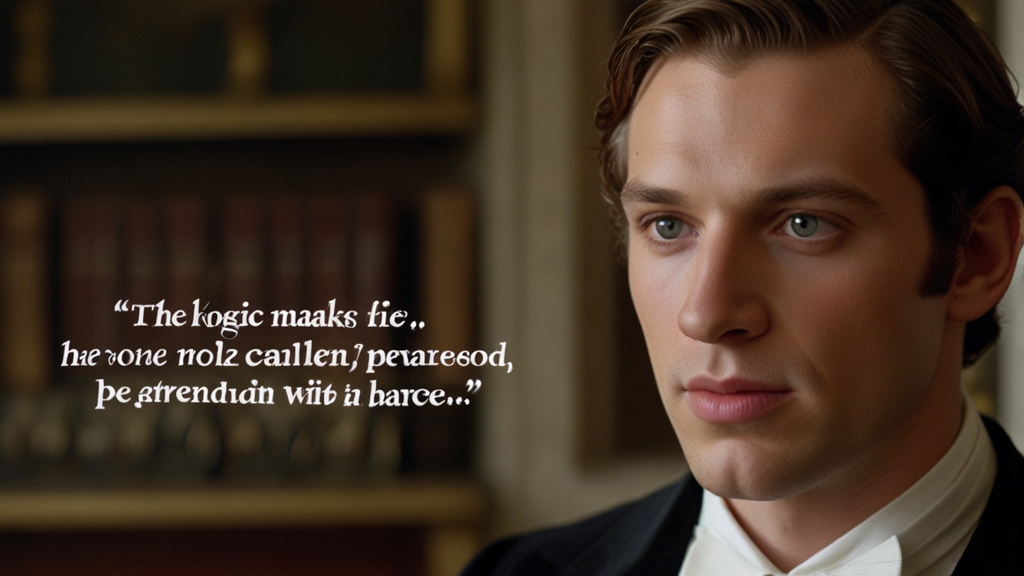The Cold War: A Clash of Titans and the Rise of Superpowers
The mid-20th century was a period of remarkable geopolitical tension and profound global shifts. At its heart was the Cold War, a prolonged and complex confrontation between two ideological and military giants — the United States and the Soviet Union. This article delves into the origins, major events, and the eventual end of this epoch-defining conflict, along with its lasting legacy on global politics.
Origins of the Cold War
The roots of the Cold War can be traced to the aftermath of World War II. As the Allies emerged victorious in 1945, the war-torn world began to rebuild. However, the ideological rift between the American-led capitalist bloc and the Soviet-led communist bloc grew wider. The United States championed democracy and free markets, while the Soviet Union sought to spread its Marxist-Leninist principles.
"An iron curtain has descended across the continent," remarked Winston Churchill in 1946, vividly encapsulating the emerging division in Europe. His words reflected the sentiment of a world dividing into two irreconcilable camps.
The Arms Race and Space Race
The Cold War was notoriously marked by an intense arms race. The development and stockpiling of nuclear weapons reached alarming levels, with both superpowers amassing enough firepower to destroy the world several times over. This period also saw the advent of the Intercontinental Ballistic Missiles (ICBMs) and nuclear submarines, further intensifying the stakes of war, should diplomacy fail.
Parallel to the arms race was the space race. Triggered by the Soviet Union's successful launch of Sputnik in 1957, the United States expedited its space program, leading to landmark achievements such as the Apollo moon landing in 1969. The quest for technological superiority in space became a profound symbol of the Cold War rivalry.
Proxy Wars and Global Influence
Rather than direct military engagement, the Cold War was often fought through proxy wars in various regions around the world. In Korea, Vietnam, the Middle East, and Latin America, both superpowers supported opposite sides, providing financial assistance, military equipment, and even direct military involvement at times.
John F. Kennedy once stated, "We dare not tempt them with weakness. For only when our arms are sufficient beyond doubt can we be certain beyond doubt that they will never be employed." His words underscored the precarious nature of global peace during the Cold War era.
Detente and Escalation
Throughout the 1970s, a period of detente — a thawing of relations between the superpowers — offered a brief respite from the relentless tension. Key agreements, including the Strategic Arms Limitation Talks (SALT), aimed at curbing the arms race and fostering cooperation. However, this period of relative calm was soon disrupted by renewed hostilities in the 1980s.
The Soviet invasion of Afghanistan in 1979 and the subsequent U.S. response through support for Afghan Mujahideen fighters marked a significant escalation. President Ronald Reagan's administration also advocated a robust anti-communist policy, further straining relations and leading to heightened military expenditures.
The End of the Cold War
By the late 1980s, various factors, including economic stagnation and internal reforms in the Soviet Union, began to reshape the landscape. The policies of “glasnost” (openness) and “perestroika” (restructuring) introduced by Soviet Premier Mikhail Gorbachev aimed to revitalize the beleaguered Soviet state. These reforms, combined with mounting pressure from independence movements within Soviet satellite states, gradually eroded Soviet dominance.
"Mr. Gorbachev, tear down this wall!" declared Ronald Reagan in 1987, symbolizing the push for greater freedoms and the eventual collapse of the Berlin Wall in 1989, which marked a pivotal moment in the end of the Cold War.
Legacy of the Cold War
The dissolution of the Soviet Union in 1991 unequivocally ended the Cold War, reshaping the global power dynamic. The United States emerged as the unchallenged superpower, while former Soviet states sought their own paths amid newfound independence.
The Cold War's legacy is enduring and multifaceted. It has left an indelible mark on international relations, military strategies, and technological advancements. The era's profound tension fostered both incredible human achievements and sobering reminders of the potential for destruction.
In retrospect, the Cold War was a critical chapter in modern history, highlighting the volatility of ideological conflict and the resilience of diplomacy in averting total devastation. As we reflect on this period, the lessons learned continue to resonate in today's complex geopolitical landscape.










